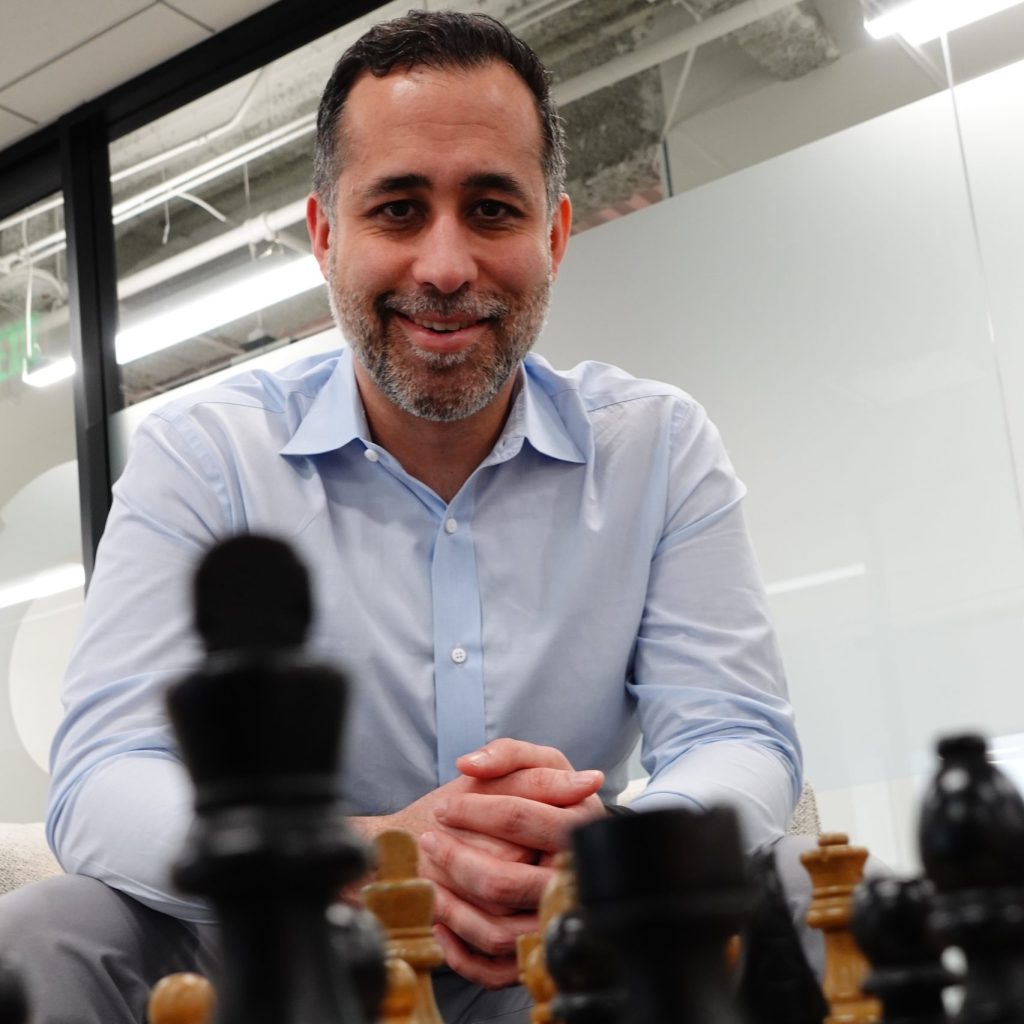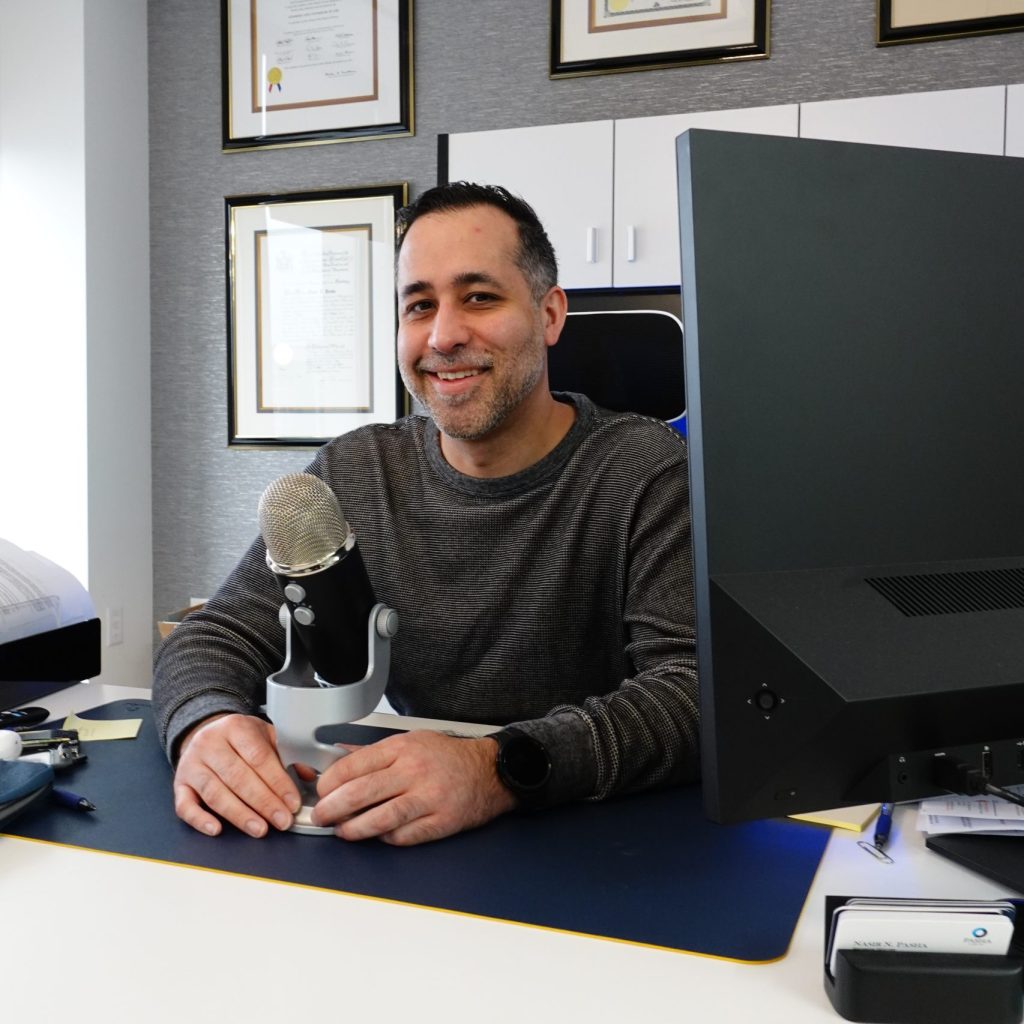Twenty-four states and New York City either are or have very recently considered establishing state run retirement savings plans. Several of these are modeled on SB 1234, the California Secure Choice Retirement Savings Trust Act. In California, Secure Choice will eventually require employers of five or more employees to automatically enroll them in an IRA, unless the employer otherwise offers a retirement plan.
All of these proposals are designed to address the persistent problem of inadequate retirement savings. However laudable the goal, industry and employer groups have mounted considerable opposition. There is also the looming issue of preemption of state laws by the federal Employee Retirement Income Security Act of 1974.
Retirement Savings Shortfall
A recent study conducted by the Center for Retirement Research at Boston College noted that retirement income needs can be expected to grow for three reasons: retirees are living longer, health care costs are rising, and interest rates are very low.
At the same time, traditional sources of retirement income are shrinking. Social Security and employer-sponsored retirement plans can be expected to provide less support than in the past and few people have savings apart from those two sources.
The National Institute on Retirement Security predicts that the dream of retiring comfortably after a lifetime of work will be impossible for many.
Based on 401(k)–type account and IRA balances alone, some 92 percent of working households do not meet conservative retirement savings targets for their age and income. Even when counting their entire net worth, 65 percent still fall short.
As starkly put by Connecticut Comptroller Kevin Lembo, “if these folks don’t have adequate savings, and they run out of money, they’re coming back to us for services and support.”
California Secure Choice Retirement Savings Trust Act
The California statute, signed by Governor Brown in 2012, establishes a mandatory state-sponsored payroll deduction IRA for private sector workers at employers with five or more employees that do not offer a retirement plan.
An automatic payroll deduction of three percent will be made into individual retirement accounts; however, individuals may opt-out of the program at any time. To protect the value of the retirement accounts, a funding mechanism, such as insurance will be required. Assets will be pooled and professionally managed, with a privately-underwritten guarantee, and neither the state nor the employer is to be responsible for any liabilities.
What the legislature authorized, however, might be more accurately understood as a feasibility study. The program will only be established if the California Secure Choice Retirement Savings Investment Board, the body established to administer the program. finds that the system
- will be self-sustaining,
- qualifies for favorable federal tax treatment, and
- is not considered an employment benefit plan under the ERISA.
The Board has been further charged with conducting legal and market analysis to determine whether the legal and practical conditions for implementation can be met. That study is expected to be complete in late 2015. Legislative authorization is required to implement the program, which is not expected to roll out until 2017.
Illinois and Other State Variations
Illinois has embraced a similar plan. The program, called Illinois Secure Choice Savings Program, requires all businesses in existence for at least two years with 25 or more employees to automatically enroll employees in the Secure Choice Savings Program unless they offer another retirement option to their workers.
Employees can determine a contribution level and select among a small number of investment options. A default contribution level of three percent of salary is offered to those who do not select one on their own, as is a default life-cycle investment fund for those who do not choose one from the options offered. Assets are pooled into a single fund and managed by the Illinois Treasurer and a qualified board. Employees can choose to opt out of the program at any time.
The law is to be implemented by June 2017 unless enough funds are not made available for the project. The Board must also find that the program is self-sustaining, that it is eligible for favorable federal tax treatment, and that it is not subject to ERISA.
In New York City, the City Comptroller, Scott Stringer announced the creation of a Retirement Security Study Group in February of this year. The study group is tasked with designing up to three retirement savings options by the fall of 2015 for consideration by a retirement task force.
Similar study programs have been authorized by the state legislatures in Connecticut, Utah, New Jersey, Oregon, Virginia and Wisconsin, among other states.
Employer and Industry Objections
Even apart from the question of ERISA preemption, industry groups have raised a number of objections.
The first is that state-rum retirement savings programs would burden already fiscally-strained states with additional costs and liability to operate the programs, which are already currently available in the private market.
Secondly, they suggest that state-run plans could create conflicts between federal laws governing retirement plans and laws enacted by individual states. Different states would likely have different rules governing operation, accumulation and distributions, which might result in confusion among employers and employees.
Finally, the existing proposals leave a number of issues unresolved:
- Will employees who save in a state plan will have the same rights and protections that are provided under federal law?
- How are employers to treat part-time or seasonal employees?
- What if an employer offers a retirement plan to one group of employees, but not another? Must it still offer an automatic IRA to the uncovered group?
For these and other reasons, many employer groups suggest that a more appropriate response to the problem of inadequate retirement savings are programs of financial literacy and general investment education.
The Question of What Cost and to Whom
On its face, it would appear that the only cost to employers would be the cost of setting up payroll deductions.
Far more significant might be the cost to the states of administering these plans. Opponents of Secure Choice note that plans which become self-sustaining will nonetheless have start-up costs, and plans which are initially self-sustaining may not continue to be so in later years, especially with increasing assets and investment choices. It is also not legally possible to eliminate the risk of state liability that might occur because administrative and fiduciary mistakes.
ERISA Conflict
The biggest obstacle facing the state pilot programs is preemption by the ERISA, which is the principal federal law governing employer-sponsored retirement plans. In general, courts strike down state laws that stray into the territory covered by ERISA.
States also want to avoid triggering the application of ERISA because the law imposes compliance burdens on employers in areas such as fiduciary duties, reporting and disclosure.
Advocates of Secure Choice savings plan have taken comfort in the Department of Labor’s informal guidance that the federal myRA program Is not an ERISA plan. MyRa similarly offers IRA savings through payroll deduction, but there are significant differences.
These include including the voluntary nature of the myRA program, its establishment, sponsorship, and administration by the federal government, and the absence of any employer funding or role in its administration or design. In addition, as a federal program, myRA would not be subject to ERISA preemption as could be the case with a program created under state law.
While employees can opt-out of making Secure Choice contributions there is still an involuntary element present where an employee fails to take action and automatically must make contributions equal to 3 percent of wages.
In addition, the employer with a Secure Choice program has some small role in administration. The board that administers it would be required to appoint a trustee to comply with federal tax law requirements. The board would also have to closely monitor the timing of contributions to determine whether any subsequent distributions were nontaxable qualified distributions. It is not quite a turnkey operation.
Although advocates of payroll deduction IRA savings plans in the private sector devoutly hope that they , like myRA, would not be covered by the provisions of ERISA, it is premature to be certain that this is the case.
Finally, the conditions of the legislatively authorized feasibility studies generally require an opinion as to whether the program would be subject to ERISA, but there is no way to compel the DOL to issue an opinion. DOL silence is likely not the assurance that the state legislatures have in mind.
The problem of inadequate retirement savings should certainly be cause for concern, and states are increasingly the laboratories where important issues are addressed.
Smaller employers, who are still contending with the requirements of the Affordable Care Act, may be reluctant to embrace the idea of a new state mandate, however slight the compliance burden. With the issues of cost and ERISA preemption still unresolved, it is probably wise that the states are proceeding cautiously.

















![Law in the Digital Age: Exploring the Legal Intricacies of Artificial Intelligence [e323]](https://www.pashalaw.com/wp-content/uploads/2023/11/WhatsApp-Image-2023-11-21-at-13.24.49_4a326c9e-300x212.jpg)
![Unraveling the Workforce: Navigating the Aftermath of Mass Layoffs [e322]](https://www.pashalaw.com/wp-content/uploads/2023/07/Untitled-design-23-300x212.png)
![Return to the Office vs. Remote: What Can Employers Legally Enforce? [e321]](https://www.pashalaw.com/wp-content/uploads/2023/01/Pasha_LSSB_321_banner-300x212.jpg)
![Explaining the Hans Niemann Chess Lawsuit v. Magnus Carlsen [e320]](https://www.pashalaw.com/wp-content/uploads/2022/10/LAWYER-EXPLAINS-7-300x169.png)
![California v. Texas: Which is Better for Business? [313]](https://www.pashalaw.com/wp-content/uploads/2021/07/Pasha_LSSB_CaliforniaVSTexas-300x212.jpg)
![Buyers vs. Sellers: Negotiating Mergers & Acquisitions [e319]](https://www.pashalaw.com/wp-content/uploads/2022/06/Pasha_LSSB_BuyersVsSellers_banner-300x212.jpg)
![Employers vs. Employees: When Are Employment Restrictions Fair? [e318]](https://www.pashalaw.com/wp-content/uploads/2022/05/Pasha_LSSB_EmployeesVsEmployers_banner-1-300x212.jpg)
![Vaccine Mandates Supreme Court Rulings [E317]](https://www.pashalaw.com/wp-content/uploads/2022/02/WhatsApp-Image-2022-02-11-at-4.10.32-PM-300x212.jpeg)
![Business of Healthcare [e316]](https://www.pashalaw.com/wp-content/uploads/2021/11/Pasha_LSSB_BusinessofHealthcare_banner-300x212.jpg)
![Social Media and the Law [e315]](https://www.pashalaw.com/wp-content/uploads/2021/10/WhatsApp-Image-2021-10-06-at-1.43.08-PM-300x212.jpeg)
![Defining NDA Boundaries: When does it go too far? [e314]](https://www.pashalaw.com/wp-content/uploads/2021/09/Pasha_LSSB_NDA_WordPress-2-300x212.jpg)
![More Than a Mistake: Business Blunders to Avoid [312] Top Five Business Blunders](https://www.pashalaw.com/wp-content/uploads/2021/06/Pasha_LSSB_Blunders_WP-1-300x212.jpg)
![Is There a Right Way to Fire an Employee? We Ask the Experts [311]](https://www.pashalaw.com/wp-content/uploads/2021/02/Pasha_LSSB_FireAnEmployee_Website-300x200.jpg)
![The New Frontier: Navigating Business Law During a Pandemic [310]](https://www.pashalaw.com/wp-content/uploads/2020/12/Pasha_LSSB_Epidsode308_Covid_Web-1-300x200.jpg)
![Wrap Up | Behind the Buy [8/8] [309]](https://www.pashalaw.com/wp-content/uploads/2020/11/Pasha_BehindTheBuy_Episode8-300x200.jpg)
![Is it all over? | Behind the Buy [7/8] [308]](https://www.pashalaw.com/wp-content/uploads/2020/09/iStock-1153248856-overlay-scaled-300x200.jpg)
![Fight for Your [Trademark] Rights | Behind the Buy [6/8] [307]](https://www.pashalaw.com/wp-content/uploads/2020/07/Fight-for-your-trademark-right-300x200.jpg)
![They Let It Slip | Behind the Buy [5/8] [306]](https://www.pashalaw.com/wp-content/uploads/2020/06/Behind-the-buy-they-let-it-slip-300x200.jpg)
![Mo’ Investigation Mo’ Problems | Behind the Buy [4/8] [305]](https://www.pashalaw.com/wp-content/uploads/2020/05/interrobang-1-scaled-300x200.jpg)
![Broker or Joker | Behind the Buy [3/8] [304] Behind the buy - Broker or Joker](https://www.pashalaw.com/wp-content/uploads/2020/04/Joker-or-Broker-1-300x185.jpg)
![Intentions Are Nothing Without a Signature | Behind the Buy [2/8] [303]](https://www.pashalaw.com/wp-content/uploads/2020/04/intentions-are-nothing-without-a-signature-300x185.jpg)
![From First Steps to Final Signatures | Behind the Buy [1/8] [302]](https://www.pashalaw.com/wp-content/uploads/2020/04/first-steps-to-final-signatures-300x185.jpg)
![The Dark-side of GrubHub’s (and others’) Relationship with Restaurants [e301]](https://www.pashalaw.com/wp-content/uploads/2015/04/When-Competition-Goes-Too-Far-Ice-Cream-Truck-Edition-300x201.jpg)
![Ultimate Legal Breakdown of Internet Law & the Subscription Business Model [e300]](https://www.pashalaw.com/wp-content/uploads/2019/05/Ultimate-Legal-Breakdown-of-Internet-Law-the-Subscription-Business-Model-300x196.jpg)
![Why the Business Buying Process is Like a Wedding?: A Legal Guide [e299]](https://www.pashalaw.com/wp-content/uploads/2019/03/futura-300x169.jpg)
![Will Crowdfunding and General Solicitation Change How Companies Raise Capital? [e298]](https://www.pashalaw.com/wp-content/uploads/2018/11/Will-Crowdfunding-and-General-Solicitation-Change-How-Companies-Raise-Capital-300x159.jpg)
![Pirates, Pilots, and Passwords: Flight Sim Labs Navigates Legal Issues (w/ Marc Hoag as Guest) [e297]](https://www.pashalaw.com/wp-content/uploads/2018/07/flight-sim-labs-300x159.jpg)
![Facebook, Zuckerberg, and the Data Privacy Dilemma [e296] User data, data breach photo by Pete Souza)](https://www.pashalaw.com/wp-content/uploads/2018/04/data-300x159.jpg)
![What To Do When Your Business Is Raided By ICE [e295] I.C.E Raids business](https://www.pashalaw.com/wp-content/uploads/2018/02/ice-cover-300x159.jpg)
![General Contractors & Subcontractors in California – What you need to know [e294]](https://www.pashalaw.com/wp-content/uploads/2018/01/iStock-666960952-300x200.jpg)
![Mattress Giants v. Sleepoplis: The War On Getting You To Bed [e293]](https://www.pashalaw.com/wp-content/uploads/2017/12/sleepopolis-300x159.jpg)
![The Harassment Watershed [e292]](https://www.pashalaw.com/wp-content/uploads/2017/12/me-2-300x219.jpg)
![Investing and Immigrating to the United States: The EB-5 Green Card [e291]](https://www.pashalaw.com/wp-content/uploads/2012/12/eb-5-investment-visa-program-300x159.jpg)
![Responding to a Government Requests (Inquiries, Warrants, etc.) [e290] How to respond to government requests, inquiries, warrants and investigation](https://www.pashalaw.com/wp-content/uploads/2017/10/iStock_57303576_LARGE-300x200.jpg)
![Ultimate Legal Breakdown: Employee Dress Codes [e289]](https://www.pashalaw.com/wp-content/uploads/2017/08/Ultimate-Legal-Breakdown-Template-1-300x159.jpg)
![Ultimate Legal Breakdown: Negative Online Reviews [e288]](https://www.pashalaw.com/wp-content/uploads/2017/06/Ultimate-Legal-Breakdown-Online-Reviews-1-300x159.jpg)
![Ultimate Legal Breakdown: Social Media Marketing [e287]](https://www.pashalaw.com/wp-content/uploads/2017/06/ultimate-legal-breakdown-social-media-marketing-blur-300x159.jpg)
![Ultimate Legal Breakdown: Subscription Box Businesses [e286]](https://www.pashalaw.com/wp-content/uploads/2017/03/ultimate-legal-breakdown-subscription-box-services-pasha-law-2-300x159.jpg)
![Can Companies Protect Against Foreseeable Misuse of Apps [e285]](https://www.pashalaw.com/wp-content/uploads/2017/01/iStock-505291242-300x176.jpg)
![When Using Celebrity Deaths for Brand Promotion Crosses the Line [e284]](https://www.pashalaw.com/wp-content/uploads/2017/01/celbrity-300x159.png)
![Are Employers Liable When Employees Are Accused of Racism? [e283] Racist Employee](https://www.pashalaw.com/wp-content/uploads/2016/12/Are-employers-liable-when-an-employees-are-accused-of-racism-300x159.jpg)
![How Businesses Should Handle Unpaid Bills from Clients [e282] What to do when a client won't pay.](https://www.pashalaw.com/wp-content/uploads/2016/12/How-Businesses-Should-Handle-Unpaid-Bills-to-Clients-300x159.png)
![Can Employers Implement English Only Policies Without Discriminating? [e281]](https://www.pashalaw.com/wp-content/uploads/2016/11/Can-Employers-Impliment-English-Only-Policies-Without-Discriminating-300x159.jpg)
![Why You May No Longer See Actors’ Ages on Their IMDB Page [e280]](https://www.pashalaw.com/wp-content/uploads/2016/10/IMDB-AGE2-300x159.jpg)
![Airbnb’s Discrimination Problem and How Businesses Can Relate [e279]](https://www.pashalaw.com/wp-content/uploads/2016/09/airbnb-300x159.jpg)
![What To Do When Your Amazon Account Gets Suspended [e278]](https://www.pashalaw.com/wp-content/uploads/2016/09/What-To-Do-When-Your-Amazon-Account-Gets-Suspended-1-300x200.jpg)
![How Independent Artists Reacted to Fashion Mogul Zara’s Alleged Infringement [e277]](https://www.pashalaw.com/wp-content/uploads/2016/08/How-Independent-Artists-Reacted-to-Fashion-Mogul-Zaras-Alleged-Infringement--300x159.jpg)
![Can Brave’s Ad Replacing Software Defeat Newspapers and Copyright Law? [e276]](https://www.pashalaw.com/wp-content/uploads/2016/08/Can-Braves-Ad-Replacing-Software-Defeat-Newspapers-and-Copyright-Law-300x159.jpg)
![Why The Roger Ailes Sexual Harassment Lawsuit Is Far From Normal [e275]](https://www.pashalaw.com/wp-content/uploads/2016/07/WHY-THE-ROGER-AILES-SEXUAL-HARASSMENT-LAWSUIT-IS-FAR-FROM-NORMAL-300x159.jpeg)
![How Starbucks Turned Coveted Employer to Employee Complaints [e274]](https://www.pashalaw.com/wp-content/uploads/2016/07/iStock_54169990_LARGE-300x210.jpg)
